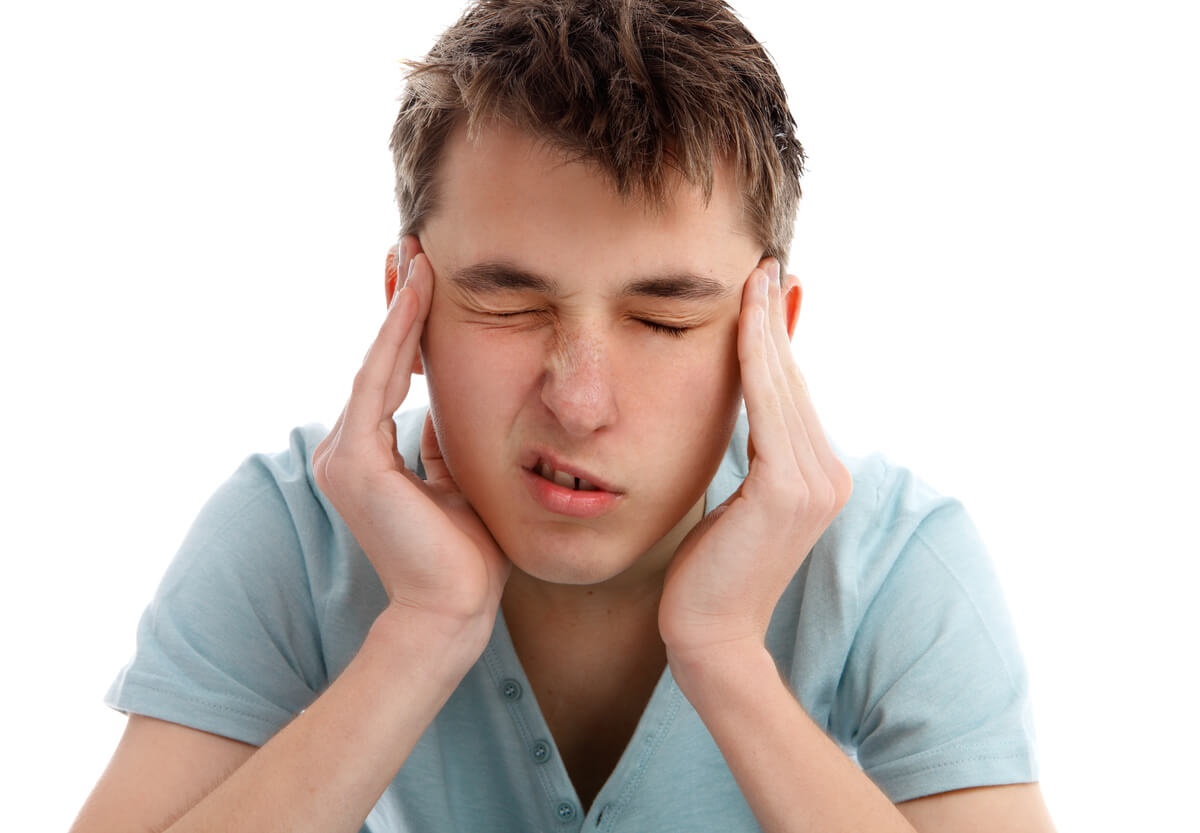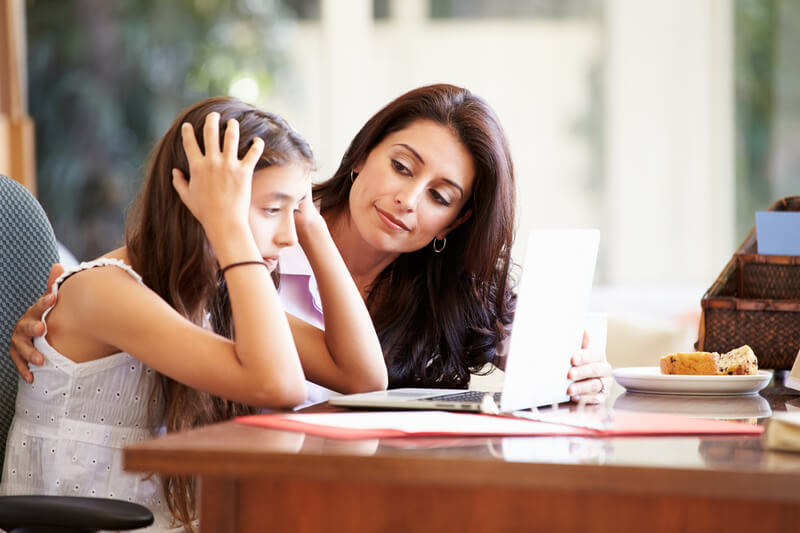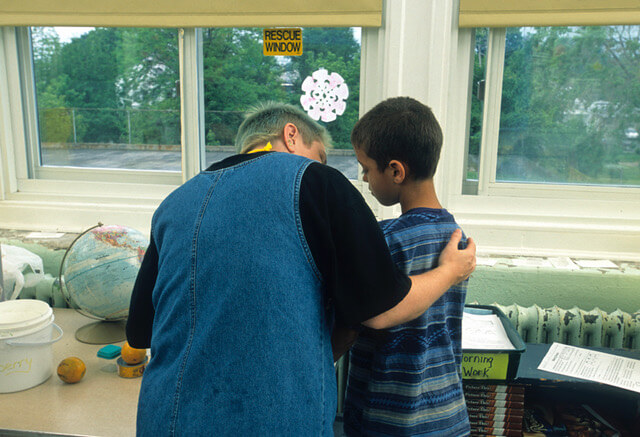Anxiety and Stress
What is Anxiety?
Every person experiences anxiety in certain settings at some point in time, but in individuals with anxiety disorders, those feelings of stress and anxiety become overwhelming and prevent them from participating in everyday activities without undue distress. There are several conditions that fall under the category of anxiety disorders:
Generalized Anxiety Disorder (GAD)
People who have generalized anxiety disorder experience chronic, exaggerated worries about things in their everyday lives. They may worry for several hours a day, distracting them from school or work tasks or making it difficult to go places.
Social Anxiety Disorder
Social anxiety disorder is more than typical shyness; people who struggle with social anxiety have intense fears in advance of social interactions and are frequently preoccupied with worries about being humiliated or saying something stupid in front of others. They may avoid conversations, avoid participating in class discussions, or isolate themselves from social interaction.
Panic Disorder
Panic disorder causes acute physical symptoms in individuals experiencing anxiety. Panic attacks can manifest as heart attack symptoms like chest pain, fast heart rate, shortness of breath, and dizziness. Panic attacks can also manifest as a sudden feeling of terror or dread. People with panic disorder are likely to experience panic attacks with some regularity, interrupting their lives.
Phobias
Most people experience fears about specific topics or avoid things they’re afraid of, but phobias advance these fears to a level of powerful dread and strong, irrational fear that creates severe avoidance. People who have phobias (strong, specific fears) can experience panic attack reactions when exposed to their phobia and may work hard to avoid the triggers that cause them anxiety. Depending on a person’s phobia(s), their life may be significantly interrupted by their avoidance and fear.


Anxiety in Children and Teens
Since developing fears and emotional responses is a normal part of development as children grow up, some level of anxiety is to be expected; many children have distinct fears of storms, animals, strangers, etc. However, children who suffer from anxiety likely have heightened fears that range across many different settings and scenarios.
Recognizing the Signs of Anxiety
Since anxiety can span several specific conditions, the signs and symptoms of a person experiencing anxiety. However, most young people with anxiety have physical and behavioral symptoms that can include any combination of the following:
- Refusal to go to school
- Constant preoccupation about the safety of family members
- Frequent stomachaches and other pains
- Difficulty sleeping
- Fatigue
- Restlessness or irritability
- Fear that causes interference with regular activities
- Social avoidance and fear of speaking to people
- Repeated unwelcome thoughts
- Fear of embarrassment or humiliation
- Repeated instances of pounding heart, dizziness, or trouble breathing
What is Stress?
Even if you don’t have an anxiety disorder, you likely still experience stress, and prolonged periods of stress can bring on many symptoms of anxiety. If you’re experiencing a major life change, whether it’s good or bad, you’re likely to feel anxiety and restlessness for a while.
If you or a friend is experiencing symptoms of anxiety brought on by a change in school, relationship, home life, or other major change, you can still benefit from education about anxiety to know how to best treat your stress.
Get Help
If you or a loved one is experiencing symptoms of anxiety, education on the topic and connection to professionals that can help you decide on treatment options is key. There are many resources available for teens, parents, and teachers that need help understanding anxiety or finding help. If you are unsure where to start to find help and resources, contact your local Area Education Agency for assistance.
The Crisis Text Line has a support team available 24/7 that can help you if you are experiencing helplessness around anxiety, depression, abuse, or any other number of mental health concerns. You can text them for free at 741741 or message with them via Facebook Messenger.
SAMHSA’s Understanding Anxiety Disorders for Young Adults PDF walks through the specifics of anxiety disorders, why they occur, and what recovery can look like.
The Please Pass the Love website has a page about anxiety disorders that includes links to help manage panic attacks, support loved ones with anxiety, and learn more about the conditions on the whole.


Support for Students and Parents
If you need to learn more about your anxiety or potential anxiety in your child, you can reference the following:
- TeenMentalHealth has a series of magazines available about different mental health conditions
- Learn about anxiety disorders and read recent blogs posts on the topic on the American Psychiatric Association website
- The National Institute of Mental Health has a collection of brochures and fact sheets about anxiety disorders
- Learn about anxiety in children at the Child Mind Institute website
- Learn how to talk to your child about feelings of stress at the Child Mind Institute website
- Learn how to help kids deal with anxiety during times of social distancing
- Watch a video by the Anxiety and Depression Association of America on how to help manage anxiety and stress during the COVID-19 pandemic
- Learn how to care for yourself as a parent so you can better take care of your child
- View this collection of resources for parents of children with anxiety

Support for Educators
Use the following age-appropriate resources to learn more about how anxiety may show up in your students and how you can help:
K-6
7 – 12
All-Ages Resources
- Making connections with students during times of social distancing
- Helping anxious students move forward
- Anxiety behaviors and dysphagia in school settings
- Skill-building approaches for students with anxiety-fueled work avoidance
- Helping deescalate interactions with anxious and defiant students
- A teachers’ guide to anxiety in the classroom
- Anxiety resources for school and home
- School refusal information for educators

